Anytime there’s a major operating system update, some users will claim their batteries for Apple products from iPhones to Apple Watches drain more quickly than before. To be fair, Apple has been caught in the past and even had to issue new battery rebates for the iPhone 6. And since it’s tough to restore a previous OS, you just can’t be sure.
Compared to other smartwatches, Apple Watches have a relatively short battery life—about 18 hours of moderate use. So if you’re experiencing Apple watch battery drain or want to tips to improve your battery life, then read on to explore our inside tips.
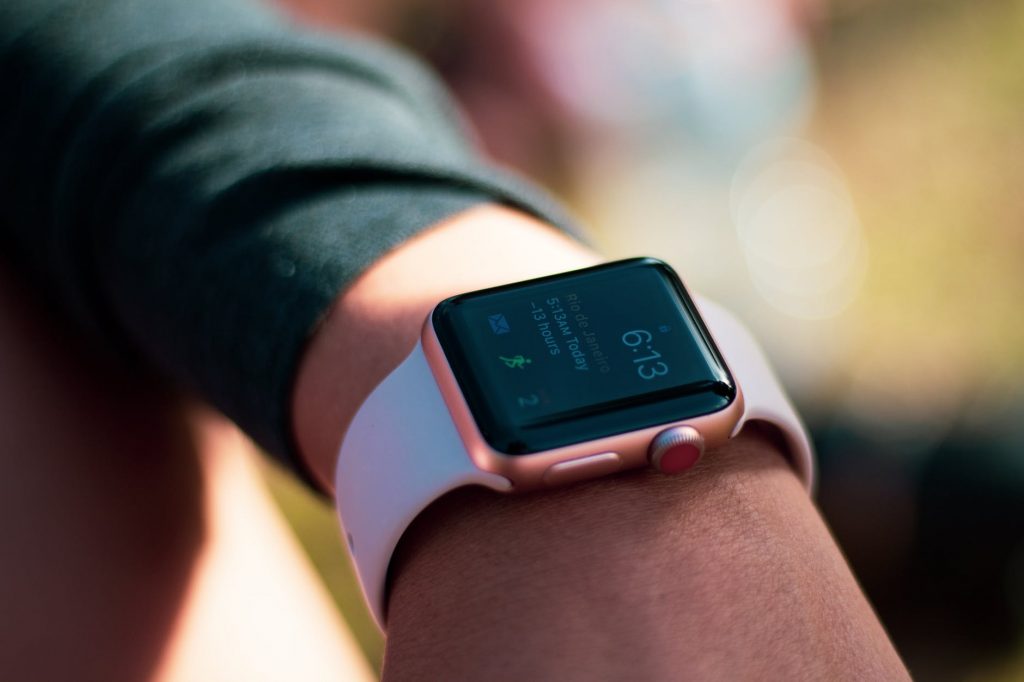
How Much Battery Life Should I Get With My Apple Watch?
Apple claims you can get up to 18 hours of battery life with your Apple Watch. Unlike other Apple products like iPhones, this has been consistent from the Apple Watch Series 1 until the present model.
For the current model, all-day battery life of 18 hours is based on the following types of use:
- 90 time checks
- 90 notifications
- 45 minutes of app use
- 60-minute work with music playback from Apple Watch via Bluetooth
- All this usage over 18 hours
So you can see a lot of factors determine Apple Watch battery life. Add in unoptimized settings, heavy apps, and other features, and you can get wildly different everyday results. Beware, that it’s extremely rare for hardware problems to cause battery life drain. In 99% of cases, it’s a software issue that will be the source of these problems.
We’ll now run through some of the most common causes of Apple Watch Battery Drain.
Apple Watch Display Always On
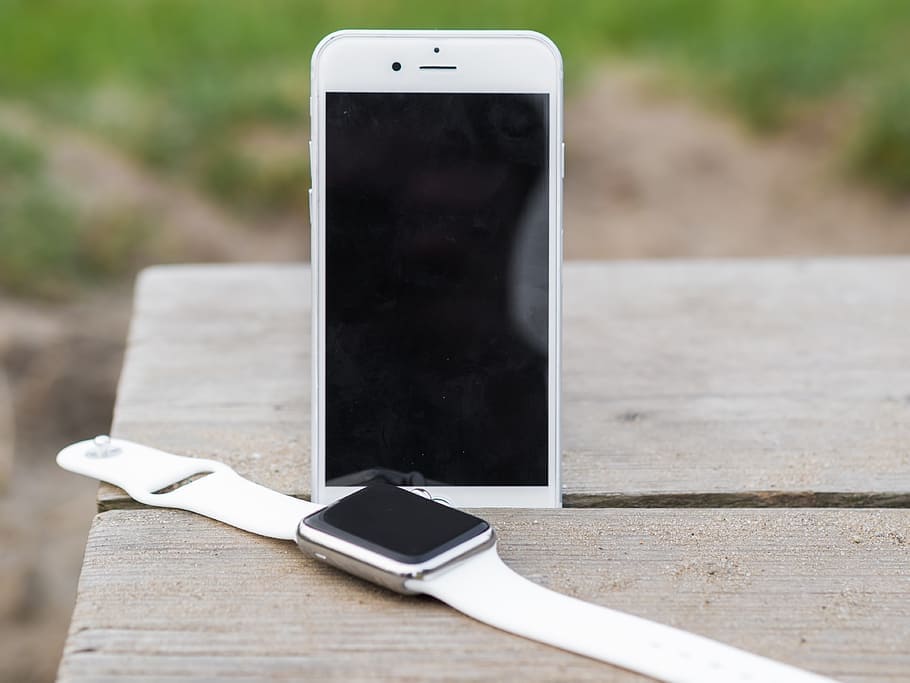
With the Apple Watch Series 5, Apple created a feature that would allow you to keep your screen always on. As you can imagine with Display Always On, your Apple Watch will eat up a lot more battery.
But even older models of the Apple Watch also have extended screen on time functions. To configure this setting:
1. Start the Watch app on your iPhone.
2. On the “My Watch” tab, tap “General.”
3. Tap “Wake Screen.”
4. Tap “Wake for 15 seconds.”
You can also turn off the Wake Screen on Wrist Rise feature. The screen automatically turns on any time it detects wrist movements such as typing on a keyboard. You can significantly improve it by turning this off.
WiFi, Bluetooth, and Cellular Radios Using Lots of Battery
All Apple Watches have WiFI and Bluetooth connectivity. From the Apple Watch Series 3, you can also get LTE enabled Apple Watches. All of these forms of connectivity (also known as radios) use a lot of battery life, particularly cellular connections.
Unless absolutely necessary, you should leave your LTE connection disabled. Otherwise, continually connecting to cell towers can quickly drain your battery likewise, if you can save even more battery life by disabling the WiFI and Bluetooth connections through using Airplane Mode on your watch.
Your Apple Watch Needs a Reboot
It may seem like something of tech support from the 1990s, but all digital devices can use a periodic reboot. Think about it like this; you still turn your computer off and on and restart it. Why should it be any different for your iPhone or Apple Watch, which are just smaller sized computers? You can quickly reboot your Apple Watch by:
- Pressing and holding down both the digital crown and the side button at the same time.
- Keep them held down until the Apple logo appears on screen
- Release buttons
Streaming Music on Apple Watch
Streaming music on your Apple Watch is a huge battery drain. The Apple Watch has 8-16 GB of storage, so download some music to it to save battery life.
- Open the Watch app on iPhone
- Tap the My Watch tab
- Tap Music
- Add Music from Playlists and Albums. You can also directly search through your library and tap to add songs.
Update and Sync Issues
The single most common cause of Apple Watch battery drain happens after iOS updates that cause glitches. From connection disruption to rogue processes, un-pairing and unpairing your Apple Watch can get everything back to normal:
- Open the Watch app from your iPhone Home screen.
- Tap on your Apple Watch at the top of the screen.
- Tap the information button (looks like an “i” with a circle around it)
- Tap the Unpair Apple Watch.
- Tap Unpair Apple Watch to confirm.
You can also unpair directly on the Apple Watch:
- Press the Digital Crown to switch to the app launcher.
- Select the Settings app.
- Tap on General
- Tap on Reset at the bottom. Don’t worry you can reload all data from your last sync)
- Tap on Erase all contents and settings.
- Enter your Passcode to confirm.
Unnecessary Notifications
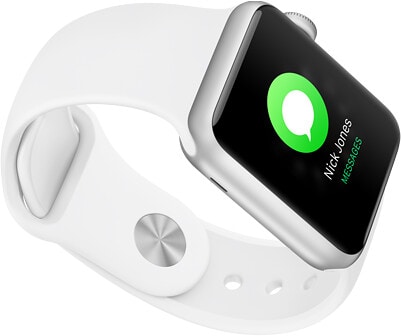
Receiving notifications on your Apple Watch is one of its best features. But they not only light up your screen, but they also activate the Bluetooth and WiFi functions raining your battery.
Launch the Apple Watch app and turn off notifications for anything you don’t really need. Keep what you care about, like Phone, Calendar, and Messages, and leave the rest for your iPhone.
Additional Apps
Apple optimizes its apps for the best performance on the Apple Watch. These means radios won’t transmit any more data than they need to. Other apps are not as efficient. Go the Apple Watch App and disable any apps you don’t use daily.
Exercise Mode
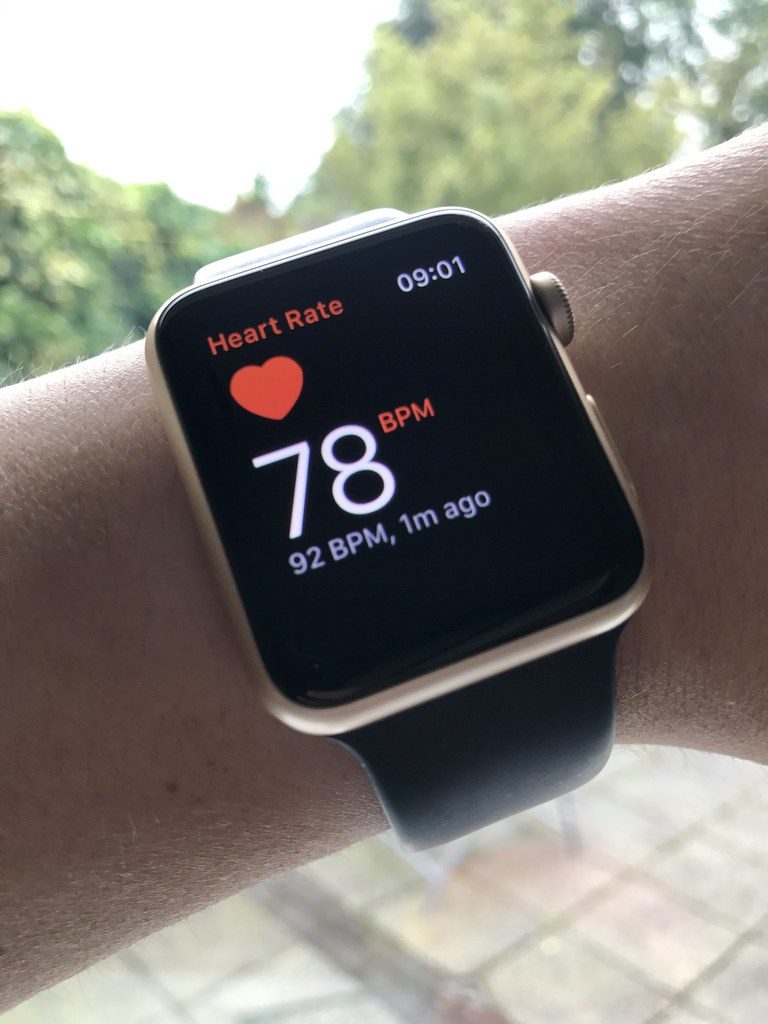
If you use your Apple Watch to exercise, Power Saving Mode is a great way to save battery life. It turns off the heart rate sensor while also not recording calories as accurately. Fortunately, most gyms have these metrics built-in to their cardio machines, and they’re nearly as accurate as the sensors in your Apple Watch.
To enable Power Saving Mode for the Workout app, go to the Settings app on your Apple Watch, tap General -> Workout, and turn on the switch next to Power Saving Mode.
Make sure you also end all workouts after you complete them. Sometimes your Apple Watch may still leave this feature on which uses additional battery life.
Background App Refresh Hogging Battery Life
Background App Refresh ensures your Apple Watch always has current data. You have the same feature for apps on your iPhone as well. This can significantly affect battery life as it constantly sending and receiving data and turning on the radios. You can either choose to turn off this feature entirely or use it only on specific apps:
1. Open the Watch app on your iPhone.
2. On the “My Watch” tab, tap “General.”
3. Tap “Background App Refresh.”
4. Choose to either disable the feature or select specific apps, so only the most important ones to you get automatically refreshed.
Resetting and Restoring
If all else fails to improve your battery life, you can restore it to factory defaults. Beware when you do this, it will erase all your settings and content, including apps, music, and workout histories. It’s like starting from scratch with your phone. So make sure to backup to iCloud beforehand.
To restore your Apple Watch to factory defaults, open the Settings app and tap General -> Reset and tap Erase All Content and Settings.
How to Solve Apple Watch Battery Drain
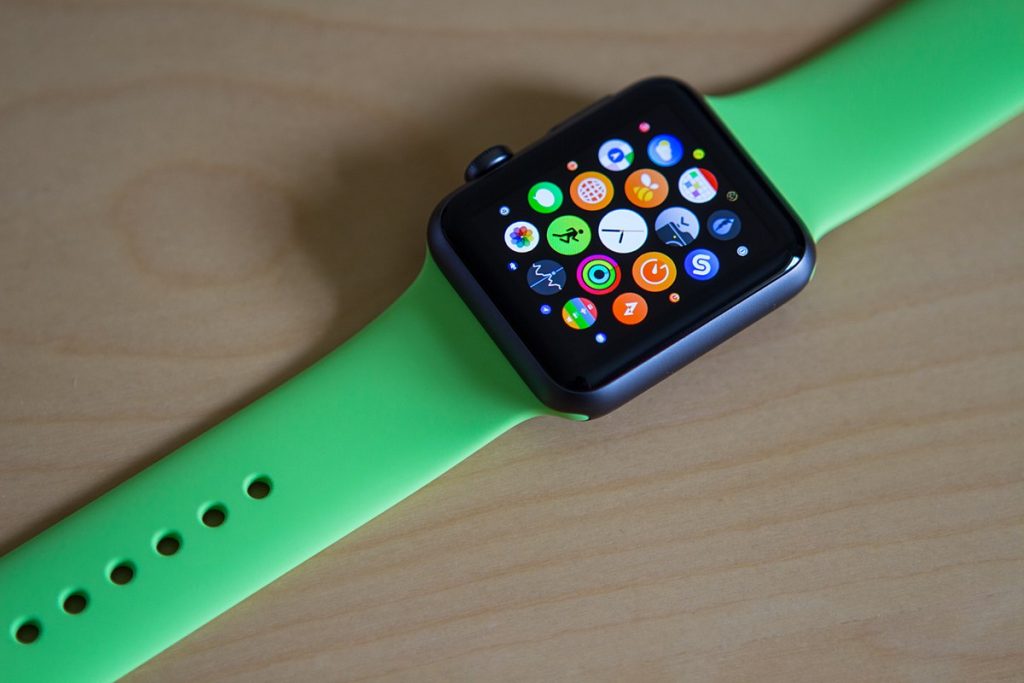
For the most part, solving a quickly draining Apple Watch battery is very similar to the steps you’d take on your iPhone. Disable unneeded apps and notifications, turn off network connections when not necessary, and optimize your settings.
If none of this helps, there’s a rare chance you may have a hardware issue. Unlike iPhones, Apple your only real option for repair, and it can be pricey to get your watch fixed if not under AppleCare.
Finally, you can expect about 18-24 months of heavy usage before the battery begins to decline. So if you have an older Apple Watch, it may be worth it to upgrade to the newer model. If you decide to go down that route, you can offset the cost by selling your old Apple Watch to Buyback Boss. Click here to see how much you can get for your Apple Watch.
Check out the Buyback Boss blog to learn more about Apple Watches and fixes to common problems. We’ve solved how to fix an Apple Watch that won’t charge. Or understand how waterproof your Apple Watch is. For all things, Apple Watch, iPhone, and more visit our blog now.






